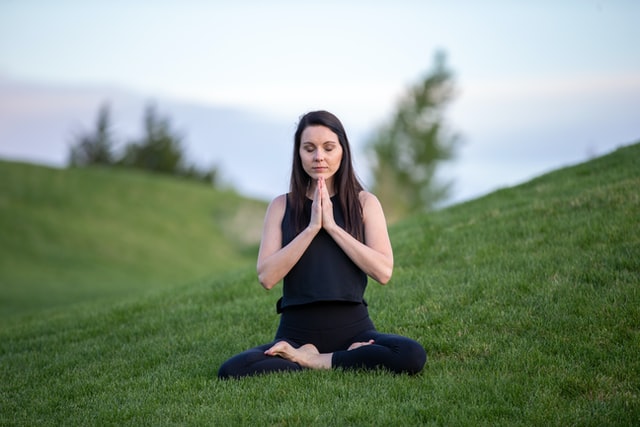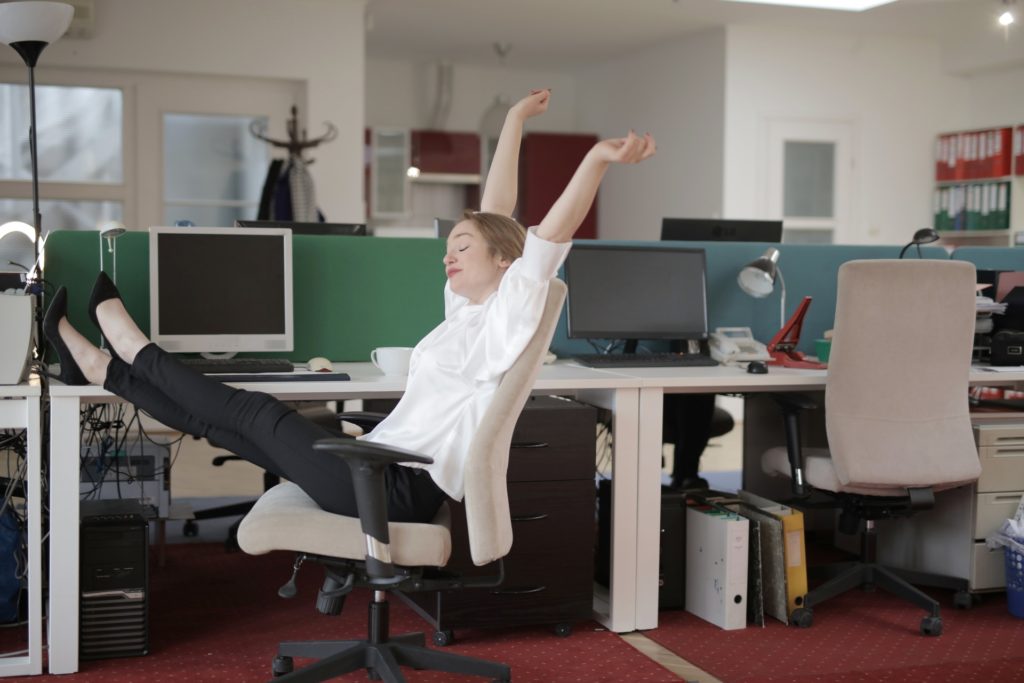Maybe You have heard of Slow Flow Yoga? It’s no secret that regular physical exercise might help us achieve the ideal body contour we dream about.
A human being is fundamentally a physical, psychological, and spiritual being. Thus, there needs to be a balance of three components — bodily, psychological, and religious in regard to general growth. It’s here that yoga plays an essential function. Yoga, including easy meditation, breath control, and the adoption of particular bodily positions, is an increasingly age-old process that targets a wholesome body and head.
“Yoga is a light, which once lit will never dim. The better your practice, the brighter your flame.” — B.K.S. Iyengar
Normal exercise revitalizes our body together with energy and strength, removes damaging blocks from our heads, and accomplishes the desired balance. Although yoga is an ancient custom, it’s enhanced and changed over time, giving rise to various schools and styles. With various strategies and thoughts, many kinds of yoga abound, including Slow Flow Yoga.
What’s Slow Flow Yoga?
Slow flow yoga, also known as vinyasa yoga, is a popular style of yoga that emphasizes the connection between movement and breath. This style of yoga is characterized by smooth and flowing movements that are synchronized with the breath, creating a meditative and rejuvenating experience. In 2023, slow flow yoga continues to be a popular form of exercise due to its numerous physical and mental health benefits.
Physical Benefits:
Increases flexibility and range of motion: Slow-flow yoga requires smooth and flowing movements, which can help improve flexibility and increase range of motion. This is especially important for people who spend a lot of time sitting or have sedentary lifestyles.
Strengthens and tones muscles: Slow-flow yoga involves a range of poses that require strength and stability, helping to tone and strengthen muscles throughout the body.
Improves cardiovascular health: Slow-flow yoga is a low-impact form of exercise that can help improve cardiovascular health by increasing heart rate and blood flow.
Mental Benefits:
Reduces stress and anxiety: The combination of movement and breath in slow-flow yoga can help reduce stress and anxiety levels, creating a calming and soothing effect on the mind.
Increases focus and concentration: By focusing on the connection between movement and breath, slow-flow yoga can help improve focus and concentration, making it a great form of exercise for those looking to increase their mental clarity.
Promotes feelings of peace and relaxation: The slow and meditative nature of slow-flow yoga can help promote feelings of peace and relaxation, making it a great way to unwind after a busy day.
Slow Flow and Power Yoga
Slow Flow Yoga is a type of yoga that anybody can practice (from novices to masters). It’s a low-impact exercise, which can allow you to balance your own body and brain gradually. The form is a modified variant of Vinyasa Flow. Slow Flow gets the part of the period; it helps the practitioner assess and modify a present while still practicing. While transiting from one pose to the next, yoga kind gives you time to interact with the body mentally, thus limiting the odds of injury. Slow Flow Vinyasa is a very efficient means to learn about your limits and improve them gradually. The major reason for every yoga type is your secure connection between the mind and body.
The very best aspect of practicing this sub-form of Vinyasa Yoga is that individuals of all age classes and yoga experience levels can get it. It motivates you to boost your focus span by holding on standing and focusing on the present time. The slow rhythm slows your head, eliminates all negativity, and gives you a much better outlook.
“The body benefits from movement, and the mind benefits from stillness.” — Sakyong Mipham
Distinction Between Power Yoga & Slow Flow
Vinyasa or Flow Yoga is among the most common kinds of yoga individuals from all age classes, skill levels, and functions could practice. It’s a really effective approach to bringing internal peace and goodwill. As previously discussed, yoga can be broken into two hot subsets: Slow Flow and Strength Flow. Listed below are several differences to notice before embracing any of those two.
Amount of Moves and Their Lengths
While practicing Power Yoga, a professional go rapidly from one posture to the next together, focusing on the intensity construction presents. But in regards to Slow Flow Yoga, you easily transition from one posture to another.
Power and Comfort
Power Yoga is a type of yoga that targets strengthening the body more quickly since it possibly holds more and focuses on more active poses. By comparison, Slow Flow will make you more elastic since it focuses on the present’s continuous movement. But with all the Slow Flow, practitioners may slowly strengthen their muscles and joints using routine exercise sessions.
Body & Breath Awareness
Power Yoga is much more body-centric since it fortifies the human body in a briefer period. But together with Slow Flow, one wants to focus on both breathing and posture. Slow Flow is a wonderful kind of exercise to do good for the human body and brain simultaneously.
Why you Need to Exercise Slow Flow Yoga
Yoga is one of the very best strategies to combine our own bodies, minds, and spirits to accomplish a peaceful, healthful life. Just as with any other sort of yoga, Slow Flow includes its distinctive advantages. Known for fostering stamina, versatility, and freedom, Slow Flow Vinyasa may also be practiced by people suffering from an accident or structural malfunction. If you’re a beginner or a person with limited capacity, you can start this yoga type using regular props such as chairs, cubes, wall sockets, straps, blankets, etc.
Aside from burning off calories and detoxifying the body and head, Slow Flow Yoga has additional advantages:
In conclusion
Slow flow yoga offers numerous physical and mental health benefits in 2023, making it an excellent form of exercise for those looking to improve their overall well-being. Whether you are a seasoned yogi or a beginner, slow-flow yoga is a great way to cultivate inner peace, reduce stress, and improve physical strength and flexibility.
If you purchase any items using one of my affiliate links, I may earn some commission at no extra cost to you. Thanks a lot for helping my site grow! Learn more
You can also read: 6 Best Types of Yoga



